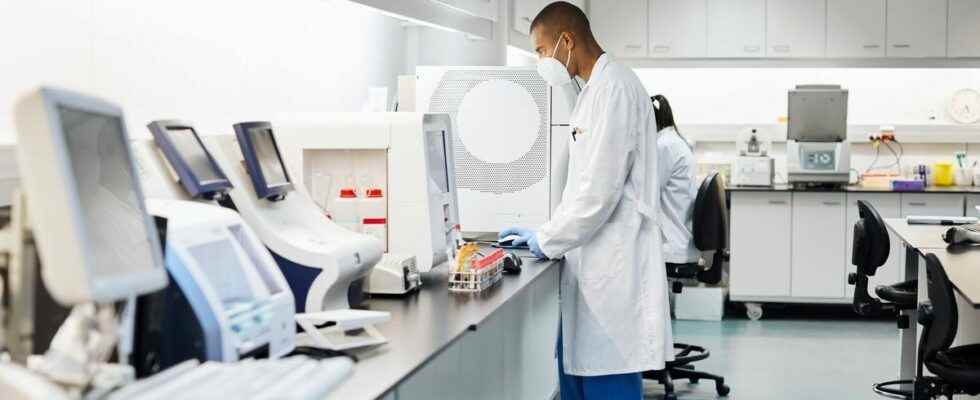Published on
Updated
Reading 2 mins.
in collaboration with
Dr Odile Bagot (Gynecologist-obstetrician)
A common pathology in women, uterine fibroids can cause discomfort, such as bleeding or pain. An American study finds a correlation between the increased growth of these fibroids and the phthalates present in the substances that surround us. The opinion of Dr. Odile Bagot, gynecologist and member of the Doctissimo expert committee.
Uterine fibroids are benign tumors that grow in the wall of the uterus. Frequent, they affect on average 8 out of 10 women. Nevertheless, fibroids can be embarrassing, and even lead to complications in some women, when they cause bleeding, anemia, miscarriages or infertility.
Phthalates, these toxic chemicals
Phthalates are chemicals that are harmful to health. However, they are still widely used in the manufacture of objects. Those studied in this work are DHEP-type phthalates, which are found in commonly used products, such as shower curtains, plastic boxes, vehicle interiors, shoes, and even in certain packaging. food.
Dr. Serdar Bulun, chair of the department of obstetrics and gynecology at Northwestern University Feinberg School of Medicine and lead author of this study, “These toxic pollutants are everywhere, including food packaging, hair and makeup products… They are more than just environmental pollutants. They can cause specific damage to human tissue.”
Phthalates and uterine fibroids: a correlation link discovered
Researchers at the Northwestern University Feinberg School of Medicine therefore looked at the potential health damage of these toxic products, in particular DHEP, which is therefore widely used as a plasticizer.
They more particularly studied the link between the growth of fibroids and exposure to phthalates. For this, they studied fibroid cells in vitro, exposed to this type of phthalates.
In addition to observing cell growth, the researchers also described an intracellular hormonal pathway. It sets off to activate an environmentally sensitive receptor. This receptor binds to DNA and causes the increased growth of fibroid cells.
For the authors, women heavily exposed to certain phthalates such as DEHP and its metabolites therefore have a higher risk of developing one or more fibroids.
The opinion of Dr Odile Bagot, gynecologist and member of the Doctissimo expert committee
“Generally speaking, phthalates are everywhere. They are even found in food, because there are some in water, in the air… In this study, the researchers establish two things about them: on the one hand that there is a growth of fibroid cells in contact with them and they also describe a mechanism of action which would be “estrogen-like”, that is to say which would influence the cells by hormonal means, as oestrogens would do. By combining these two arguments, they believe they can put forward a cause and effect link, but it is always very complicated to determine this in a firm and definitive manner, with regard to endocrine disruptors.
